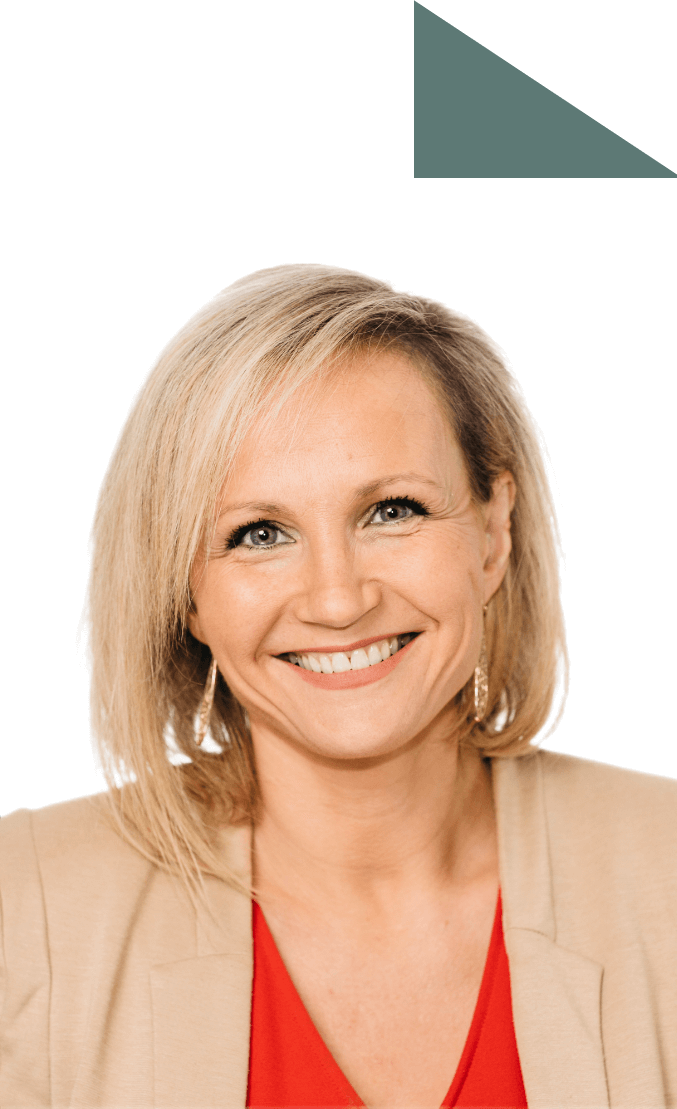
Investing
Bonds are making a comeback – and investors are taking notice
After a decade in the doldrums, bonds, which for a long time were seen as the reliable workhorse of diversified portfolios, are once again commanding attention. The global fixed income landscape has shifted dramatically, with yields at multi-year highs and investors recalibrating their strategies in response to a new era of monetary policy and economic uncertainty.
The last decade’s ultra-low interest rates, a legacy of post-crisis monetary policy, left bonds looking anaemic compared to equities and alternatives. But 2022 marked a turning point. Central banks, led by the Federal Reserve and the Bank of England, embarked on aggressive rate hikes to combat inflation. The result? Government and corporate bond yields surged, restoring fixed income’s appeal as a source of both income and capital preservation.
The fundamentals underpinning the bond market have changed. Fiscal policy is now as important as monetary policy, with government spending and trade policies influencing inflation and growth. The US, for instance, faces rising deficits and a national debt projected to exceed 160% of GDP by mid-century, prompting rating agencies to reassess its sovereign risk.
As we move through 2025, the Bank of England and the European Central Bank have begun cautiously cutting rates, while the Federal Reserve has taken a more gradual approach, only initiating its first cut in September. This divergence in policy is creating opportunities for active investors, with the consensus among leading asset managers being that the era of ’lower for longer’ is over, but volatility and dispersion are here to stay. The Federal Reserve’s shift to a more ‘data-dependent’ and less pre-emptive stance further reinforces the need for market participants to be nimble and ready to adjust as new information emerges. While yields are expected to remain attractive, ongoing volatility – fuelled by policy uncertainty and geopolitical events – means that investors must remain vigilant and adaptable.
But, why bonds? And, why now? The renewed focus on fixed income isn’t just about higher yields. In a world where equity markets remain volatile and geopolitical risks persist, bonds offer a stabilising force. They provide regular income, help smooth portfolio returns, and can act as a ballast when risk assets stumble.
Recent data highlights that capital is flowing back into fixed income across the spectrum: from government gilts and Treasuries to high-quality corporate and even selective high-yield debt. The UK’s long-term borrowing costs, for example, hit their highest since 1998 this year, but strong demand from both institutional and retail investors has kept the market buoyant.
So, how does one invest in fixed income? Today’s bond market rewards expertise and agility. Simply holding a broad mix of bonds to maturity is unlikely to deliver optimal results. Instead, investors are dissecting credit quality, duration, and regional differences. The Bank of England’s latest guidance suggests that while inflation is easing, the path to lower rates will be ‘gradual and careful’, making duration management and credit selection critical.
To add to the mix, bonds aren’t the only kid on the block offering attractive yields: other asset classes such as UK equities and real assets also offer relatively high returns. Given the array of opportunity, our approach is to focus on high-quality credit, be selective in high yield, and consider opportunities in emerging market debt for diversification.
Practical Implications for Investors
For those considering (re)entry into fixed income, timing and strategy are paramount. Locking in yields now, especially in the intermediate and longer maturities, could prove rewarding if rates fall further. However, the environment calls for a hands-on approach: monitoring credit spreads, currency movements, and regional policy shifts is essential.
The bottom line? Bonds are no longer the ‘boring’ part of the portfolio. They are once again a dynamic, central component of long-term investment planning. As the central banks and asset managers agree, the current environment offers both income and the potential for capital gains – provided investors remain disciplined, informed, and ready to adapt.
For more information, please get in touch.
The value of investments can go down as well as up, and you may get back less than you originally invested.
Author

Rebecca Cretney
Senior Investment Specialist , Isle of Man
Rebecca joined Nedbank Private Wealth in May 2004 having moved to the Isle of Man from Barcelona to pursue a course in Business Studies with the Isle of Man Business School. She worked as a private banker until 2019, when she was appointed to the role of investment counsellor. Rebecca now focuses exclusively on supporting private bankers in conversations with their clients, providing technical investment expertise where more complex portfolio requirements exist. She also provides coaching and training for the private banking teams on a wide range of subjects surrounding investment and advice. In addition, Rebecca chairs the bank’s Investment Committee.
Rebecca is a Chartered Fellow of the Chartered Institute for Securities & Investment and a Chartered Wealth Manager.
RELATED NEWS
You may also be interested in the following Insights
Sign up for our updates
Stay up to date with the latest news, insights, and opinions from Nedbank Private Wealth by signing up to our newsletter. You can also register to be invited to our virtual events and hear directly from a wide range of experts. Sign up below. You can unsubscribe at any time.













